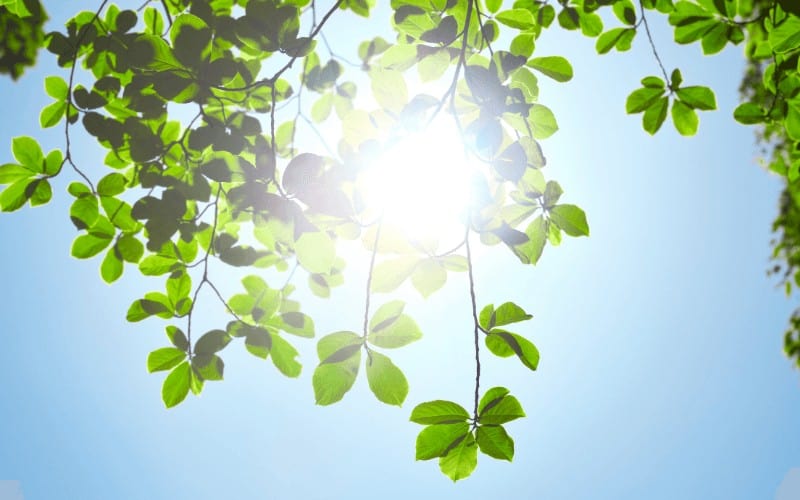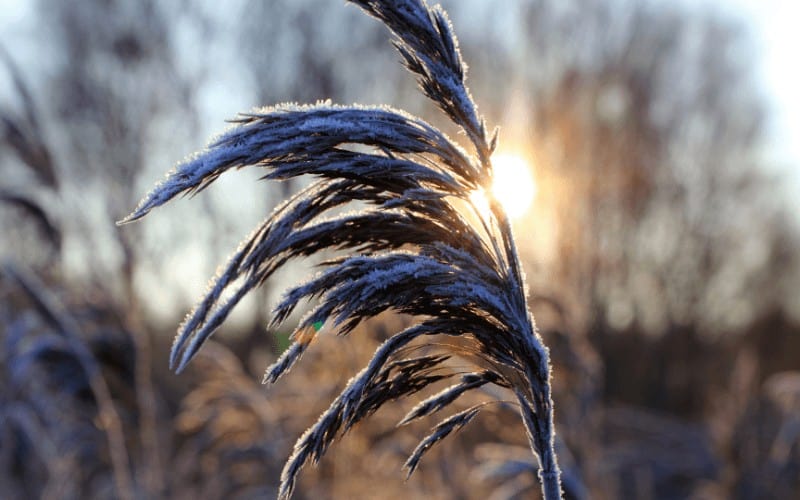It has been established that light affects the growth of plants, one way or the other. The presence or absence of light determines how a plant will grow and produce food.
Indoor plants may not need to light a lot to grow. Outdoor plants need sunlight in varying proportions also. But the question is, does a plant grow better in direct or indirect sunlight? That's precisely what we're going to find out today.
Table of Contents
What is Direct Sunlight?
Direct sunlight means unreflected, unrestricted, straight-up outdoor sunlight. So, when your plant is outside and the sun hits on it with her whole strength, with nothing coming in between the plant and the sunlight, that is direct sunlight.
Read Also: Zero Turn Mowers For Hilly Terrains
What is Indirect Sunlight?
Indirect sunlight on the other hand is when the sunlight is filtered before it gets to the plants. Sunlight can be filtered by a tree or trees, leaves, or branches. The plants are in a bright position, but the sunlight does not touch them directly. The light that comes to them is from some other source.
Now that we have defined both terms, direct and indirect sunlight, which is actually better for plants to grow with? The answer to this question is not straightforward. It is dependent on a whole lot of things.
First, even though plants need light to grow and photosynthesize, they do not all need light in the same proportion or intensity.
Some need a lot of light, while some need a little amount and on rare occasions, some need low or no light at all. Whether a plant grows better in direct or indirect sunlight is dependent on the needs of that plant.
If a plant needs direct sunlight and it does not get it, the plant will begin to suffer. The foliage of the plant begins to yellow, and the leaves of the plant will follow suit. Others signs include:
- Paleness of color
- Inability to flower or bloom
- The stems become long and thin.
- The rate of photosynthesis begins to reduce.
- The phenomenon known as etiolation may occur. This causes the plant to stem to grow longer than necessary.
- Lastly, the plant could die.
Does A Plant Grow Better in Direct or Indirect Sunlight?
Well, there's no one-size-fits-all answer to this. It all depends on the plants and their sunlight needs. While some plants will certainly grow better in direct sunlight, others will also thrive better in indirect sunlight.
Below, we will be looking at the plants that grow better in direct sunlight and the ones that require indirect sunlight to grow so we'll get to understand the topic better.
Let's get started!
Plants that Grow Better in Direct Sunlight
Here are some of the plants that essentially need direct sunlight for survival, growth, and production of food.
When these plants that need direct sunlight are planted in places that has indirect sunlight or in a shade, the plants will not do well.
- Herbs like sages, mint, and rosemary
- Fruit trees and other citrus plants
- Succulents
- Vegetables except for greens
- Hibiscus
- Geraniums
- Begonias
- The fiddle fig leaves and almost all Ficus species
- Island pine of Norfolk
- Zebrinas
- Desert roses
- Croton
- Yucca
- Aloe vera
- Areca palms
- Date
- Ponytail
- Jade plants
- Wax plants
- String if beads
These plants listed above cannot survive anywhere else except they are planted in places where they can receive direct light from the sun.
Read Also: Best Plant Humidifiers
Plants that Grow Better in Indirect Sunlight
On the other hand, plants that need indirect sunlight would be best planted where they can get indirect sunlight. When you plant them in places where the sun hits them directly, you can be sure that the following would happen.
- The plant will be scorched, and the leaves would be burnt.
- The sun can dry up the water that is present in the plant and the plant will have no water or insufficient water to carry out the process of photosynthesis
- The leaves would turn dark and brown.
- The sun can sicken the plant and delay flowering
- The plant can die.
Some of the plants that require indirect sunlight to survive include:
- Palms like kentia, sago, and bamboo palms
- Calathea
- Philodendrons
- White bird of paradise
- Alocasia
- Most ferns
- African violets
- Prayer plants
- Many ficus varietals (including rubber plants)
- Most orchids
- Monstera
- Snake plants (Sansevieria)
- Pothos
- Chinese evergreen
- Parlor palms
- Peace lilies
- English ivy
- Dragon trees
- Schefflera
Plants That Grow Better in Darkness
Again, some plants require the darkness or some amount of shade for photosynthesis to be complete, if the sun keeps hitting on the direction, that cycle would be interrupted.
Examples of plants that prefer indirect sunlight are:
- Ferns
- Orchids
- Prayer plants
- Calathea
- Rubber plants and Ficus varieties
- African violets
- Bamboo, palm trees, sago, and kentia
- Dragon trees
- Parlor palms
- Peace lilies
- Chinese evergreen
- Snake plants
- English ivy
- Monstera
- Pothos
- Philodendrons
Read Also:
- Here are Outdoor Plants That Can Grow Without Sunlight
- Beautiful Plants That Can Survive in the Dark
- 15 Plants that Grow in Fluorescent Light
- Varieties of Succulent Plants
- Types of Medicinal Plants
- Names Of Plants A-Z
Conclusion
So, this shows that plants have varying needs and there is no hard and fast rule for plants and sunlight. So, once again, does a plant grow better in direct or indirect sunlight? It totally depends on the plant’s needs.







